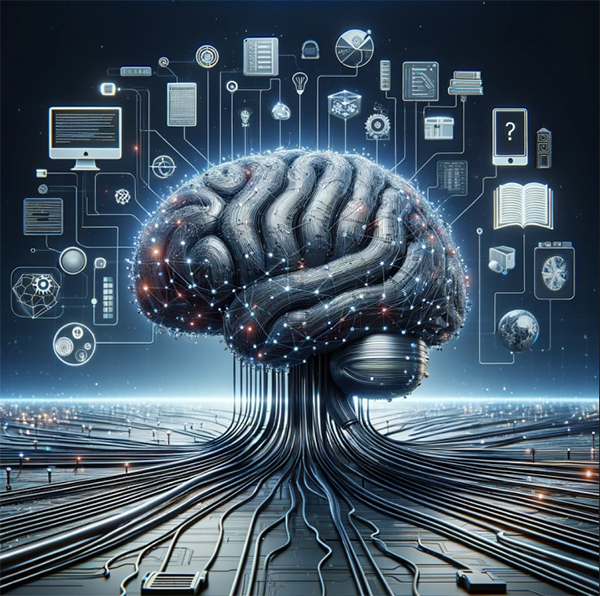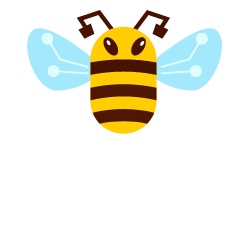ABOUT US
Leadingbit Solutions supports a variety of communities: from non-profits organizations to academic Open Source Program Offices, businesses to government departments and agencies. We promote digital autonomy and provide full data and privacy control. Our integrated Open Source platform and collaborative approach foster growth and innovation.

